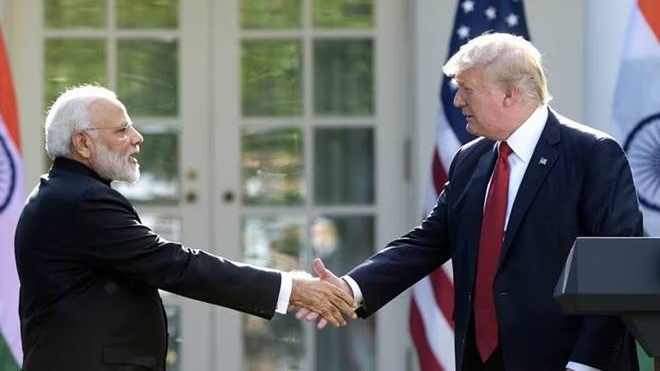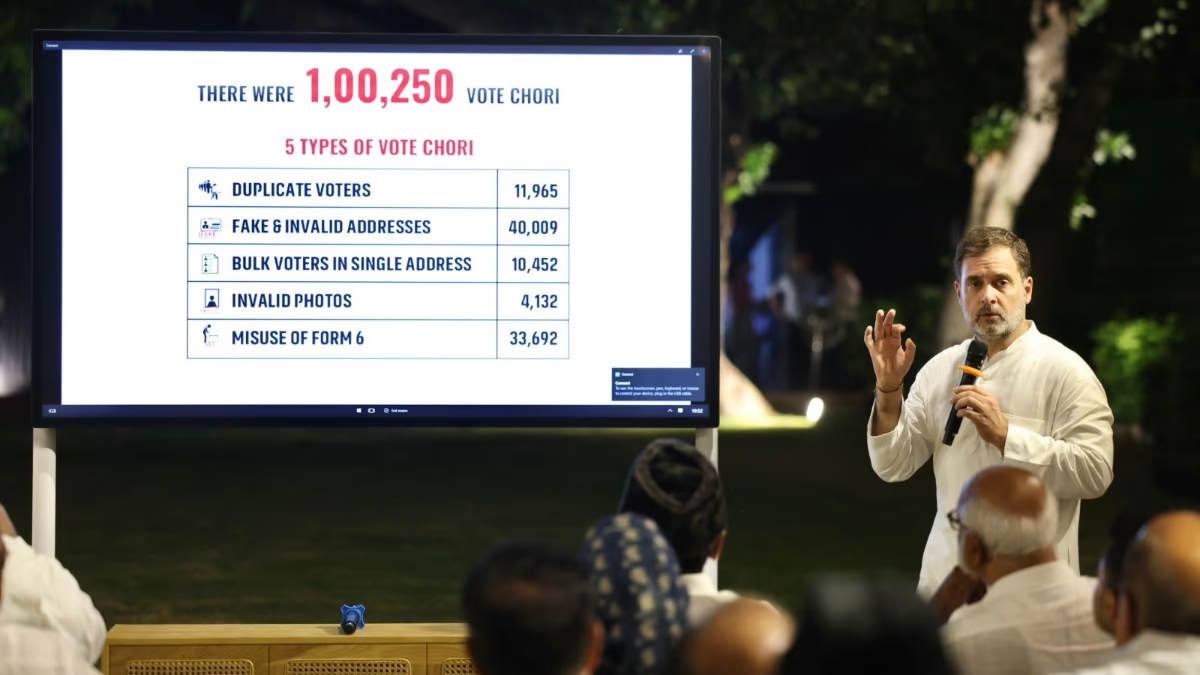It's not just about Russian oil—there are multiple reasons behind the tariffs on India. Donald Trump has imposed a 25% tariff on Indian imports, effective from August 7. He has also threatened to increase it to 50% by August 27, citing India's purchase of Russian oil as a reason.
Trump's firm stance implies that no negotiations will occur until the tariff issues are sorted. America's statement comes at a time when a U.S. delegation is expected in India for trade talks. Evidently, the U.S. is increasing pressure on India to reach a deal on its terms.
Trump desires India to lower tariffs on U.S. agricultural and dairy products to enter the vast Indian market. However, India prioritizes these sectors and aims to protect its farmers' incomes, resisting pressure for concessions.
The U.S. seeks a 100% reduction in tariffs on its agriculture and dairy exports. Furthermore, America wants India to import less Russian oil and buy more from the U.S., yet, Russia offers cheaper oil.
The U.S. dollar has been the dominant trade currency for over eight decades. About 90% of global transactions involve the dollar; however, BRICS countries aim to reduce dependence on it—a move that has unsettled Trump.
BRICS nations, contributing 35% to the global economy, pose a challenge to America's dominance and the dollar's supremacy. A shift could impact the U.S.'s superpower status.
How Much Oil Does India Import from Russia?
Since 2022, India has increased its import of Russian oil. Currently, it imports between 1.7 to 2.2 million barrels daily, accounting for approximately 37% of its total oil imports. In 2024, India spent ₹4.1 lakh crore on Russian crude oil.




